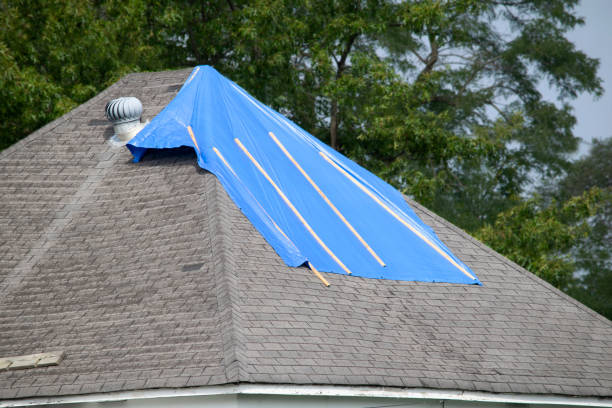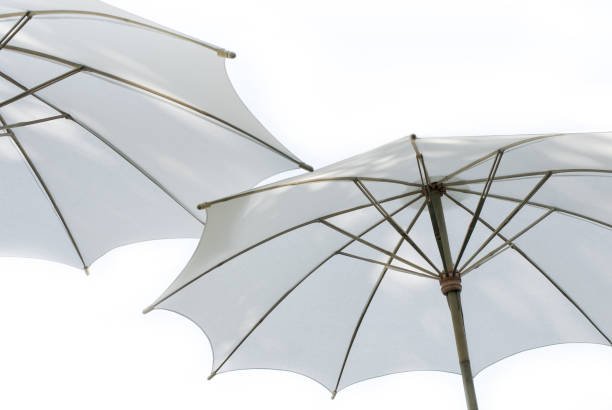Canopy covers are an essential part of outdoor living spaces, providing shade and protection from the elements. However, over time, these covers can accumulate dirt, debris, and mildew, compromising their appearance and functionality. Proper cleaning and maintenance are crucial to ensure your canopy covers last for years to come. In this comprehensive guide, we’ll explore the most effective methods for cleaning canopy covers, ensuring a fresh and inviting outdoor space.
The Importance of Cleaning Canopy Covers
Regular cleaning of canopy covers offers several benefits:
- Extends the lifespan of the cover
- Maintains the aesthetic appeal of your outdoor space
- Prevents the growth of mold and mildew
- Ensures proper functioning of the canopy (e.g., water resistance, UV protection)
By incorporating cleaning into your routine maintenance, you can enjoy your canopy for years while preserving its quality and appearance.
Preparing for the Cleaning Process
Before you begin cleaning, it’s essential to gather the necessary supplies and take a few preparatory steps.
Supplies Needed:
- Mild detergent or specialized canopy cleaner
- Soft-bristle brush or sponge
- Garden hose or pressure washer (for stubborn stains)
- Ladder (if necessary)
- Protective gear (gloves, goggles, etc.)

Preparatory Steps:
- Remove any loose debris or objects from the canopy cover.
- Check the manufacturer’s instructions for specific cleaning recommendations.
- Prepare the cleaning solution according to the product’s directions.
Cleaning Methods
The cleaning method you choose will depend on the severity of the stains and the type of canopy cover material. Here are some effective techniques:
-
Spot Cleaning
For minor stains or spills, spot cleaning may be sufficient. Use a soft-bristle brush or sponge dipped in a mild detergent solution to gently scrub the affected area. Rinse thoroughly with clean water to remove any soap residue.
-
Hand Washing
For a more thorough cleaning, hand washing is recommended. Follow these steps:
- Prepare a cleaning solution with mild detergent or specialized canopy cleaner in a large bucket or tub.
- Dip a soft-bristle brush or sponge into the solution and gently scrub the entire canopy cover, working in small sections.
- Rinse each section thoroughly with clean water to remove any soap residue.
- Allow the canopy cover to air dry completely before reinstalling or retracting.
-
Pressure Washing
For stubborn stains or built-up grime, pressure washing can be an effective solution. However, exercise caution as excessive pressure can damage the canopy cover material. Follow these steps:
- Set the pressure washer to a low or medium setting, as recommended by the manufacturer.
- Hold the nozzle at least 12 inches away from the canopy cover to avoid damaging the fabric.
- Work in sections, spraying the cover with the cleaning solution and then rinsing with clean water.
- Avoid concentrating the water stream on one area for too long to prevent potential damage.
Tackling Specific Stains and Challenges
Different types of stains may require specialized cleaning methods. Here are some common stains and how to address them:
-
Mildew and Mold
Mildew and mold can be particularly stubborn and may require additional treatment. Try the following:
- Mix a solution of one part bleach to four parts water.
- Gently scrub the affected areas with a soft-bristle brush or sponge dipped in the solution.
- Rinse thoroughly with clean water.
- Allow the canopy cover to air dry completely.
-
Bird Droppings
Bird droppings can be unsightly and potentially damaging if left untreated. Follow these steps:
- Soak the affected area with warm water to soften the droppings.
- Use a soft-bristle brush or sponge to gently scrub the area with a mild detergent solution.
- Rinse thoroughly with clean water.

-
Tree Sap or Pollen
Tree sap and pollen can be sticky and difficult to remove. Try these methods:
- Apply a small amount of isopropyl alcohol or specialized canopy cleaner to the affected area.
- Use a soft-bristle brush or sponge to gently scrub the stain.
- Rinse thoroughly with clean water.
Maintenance and Care Tips
To keep your canopy covers looking their best and extend their lifespan, follow these maintenance and care tips:
- Regular Cleaning: Establish a routine cleaning schedule based on the level of use and environmental conditions.
- Spot Cleaning: Address spills and stains promptly to prevent them from setting in.
- Proper Storage: When not in use, store canopy covers in a dry, well-ventilated area to prevent mold and mildew growth.
- UV Protection: Consider investing in canopy covers with UV-resistant coatings to protect against fading and deterioration from sun exposure.
- Professional Cleaning: For heavily soiled or stubborn stains, consider seeking professional cleaning services for optimal results.

Canopy Cover Cleaning Methods and Recommendations
| Cleaning Method | Suitable For | Recommendations |
|---|---|---|
| Spot Cleaning | Minor stains, spills | Use a soft-bristle brush or sponge with mild detergent solution. Rinse thoroughly. |
| Hand Washing | General cleaning | Prepare a cleaning solution with mild detergent or specialized cleaner. Scrub gently with a soft-bristle brush or sponge. Rinse thoroughly and air dry. |
| Pressure Washing | Stubborn stains, built-up grime | Use a low or medium pressure setting. Hold the nozzle at least 12 inches away. Work in sections, spraying with cleaning solution and rinsing with water. |
FREQUENTLY ASKED QUESTIONS About Clean Canopy Covers
How often should I clean my canopy cover?
The frequency of cleaning depends on the level of use and environmental conditions. As a general guideline, clean your canopy cover at least once a year or more frequently if it’s heavily used or exposed to excessive dirt, pollen, or other debris.
Can I use bleach to clean my canopy cover?
While bleach can be effective for removing mildew and mold, it should be used with caution and diluted properly. Always check the manufacturer’s recommendations and test a small, inconspicuous area first to ensure the bleach solution doesn’t damage or discolor the canopy cover material.
Is it safe to use a pressure washer on my canopy cover?
Pressure washing can be an effective cleaning method for stubborn stains and built-up grime, but it should be done with caution. Use a low or medium pressure setting and hold the nozzle at least 12 inches away from the canopy cover to avoid damaging the fabric.
Can I use a hose to clean my canopy cover?
Yes, you can use a garden hose to rinse off your canopy cover after scrubbing it with a cleaning solution. However, be careful not to apply too much water pressure, as it could potentially damage the fabric.
How do I remove tree sap or pollen stains from my canopy cover?
For tree sap or pollen stains, try applying a small amount of isopropyl alcohol or a specialized canopy cleaner to the affected area. Gently scrub with a soft-bristle brush or sponge, and then rinse thoroughly with clean water.
Can I use a power washer to clean my canopy cover?
Power washers are generally not recommended for cleaning canopy covers, as the high water pressure can potentially damage or tear the fabric. Stick to low or medium-pressure washers designed specifically for cleaning canopy covers.
How do I prevent mold and mildew growth on my canopy cover?
To prevent mold and mildew growth, ensure your canopy cover is completely dry before storing it. Additionally, store it in a dry, well-ventilated area. Regular cleaning and maintenance can also help discourage the growth of mold and mildew.
Can I machine wash my canopy cover?
Machine washing is generally not recommended for canopy covers, as the agitation and spinning can damage the fabric or seams. If the manufacturer recommends machine washing, follow their instructions carefully and use a gentle cycle with mild detergent.
Closing Words
Maintaining a clean and well-kept canopy cover is essential for preserving its appearance, functionality, and longevity. By following the steps outlined in this comprehensive guide, you can effectively clean and care for your canopy cover, ensuring a fresh and inviting outdoor space for years to come.


